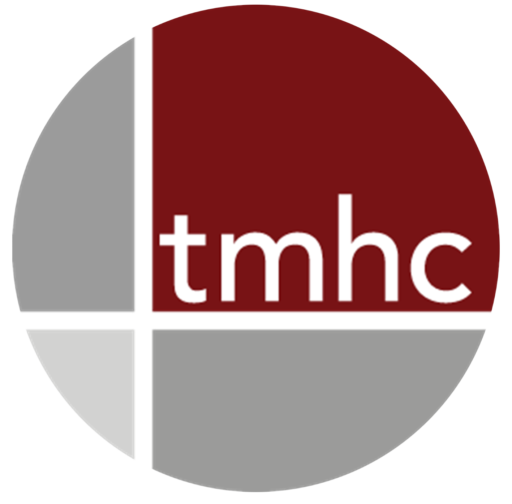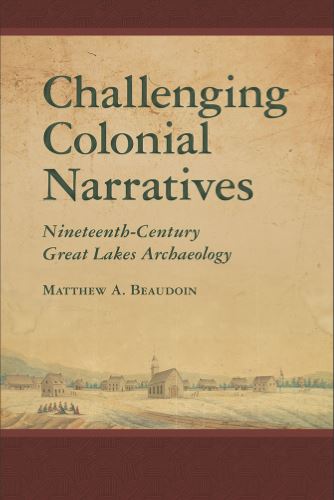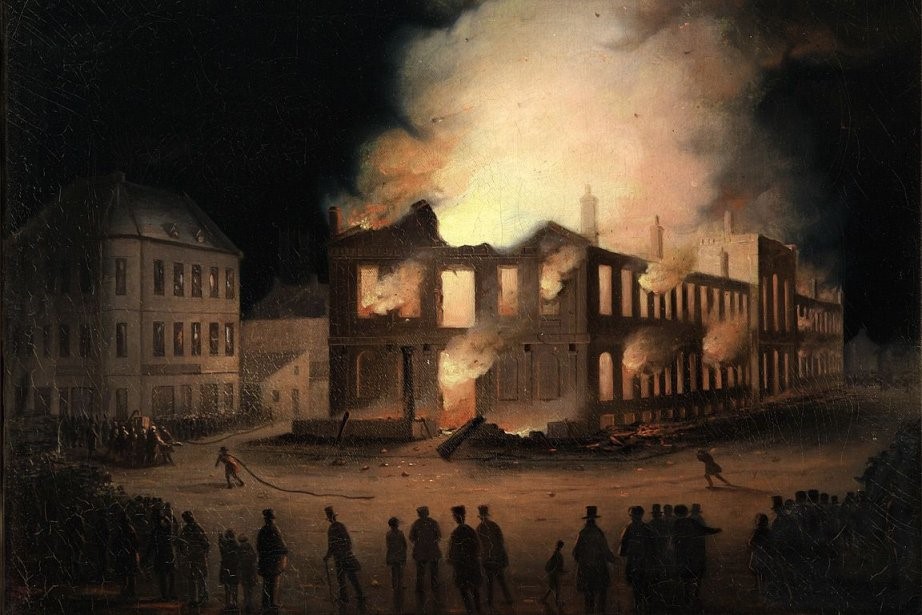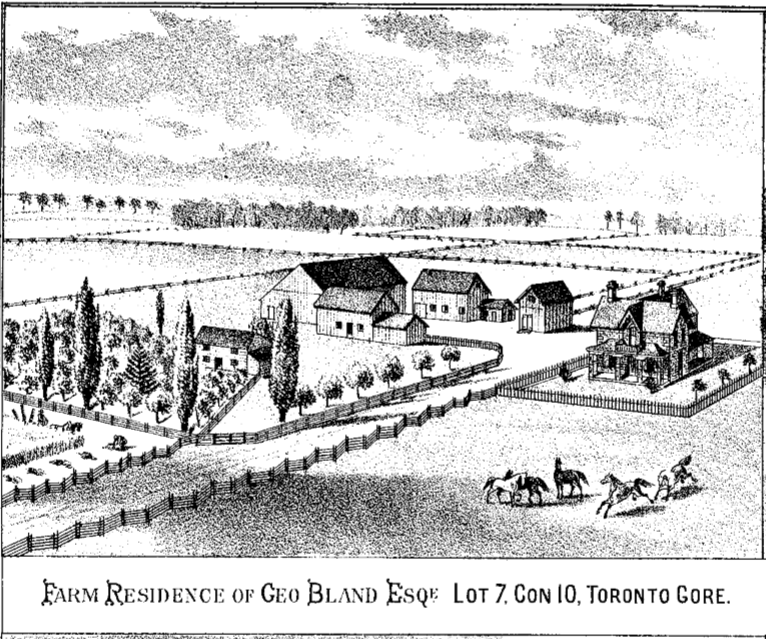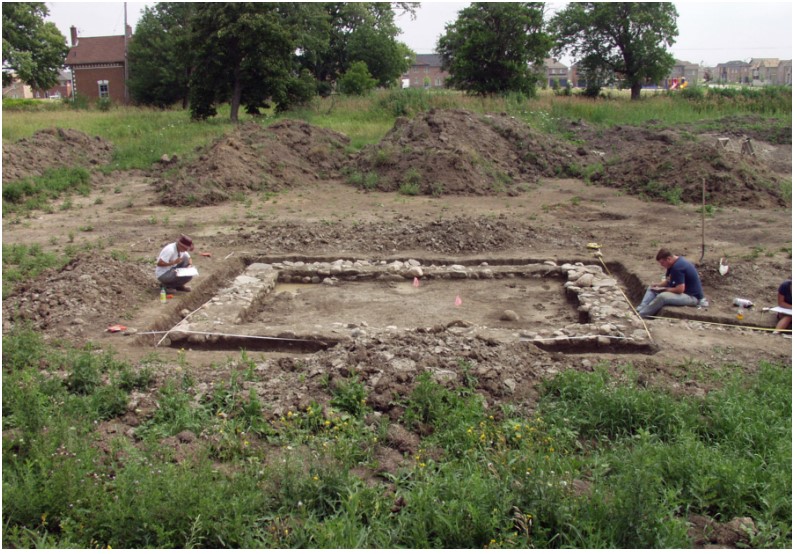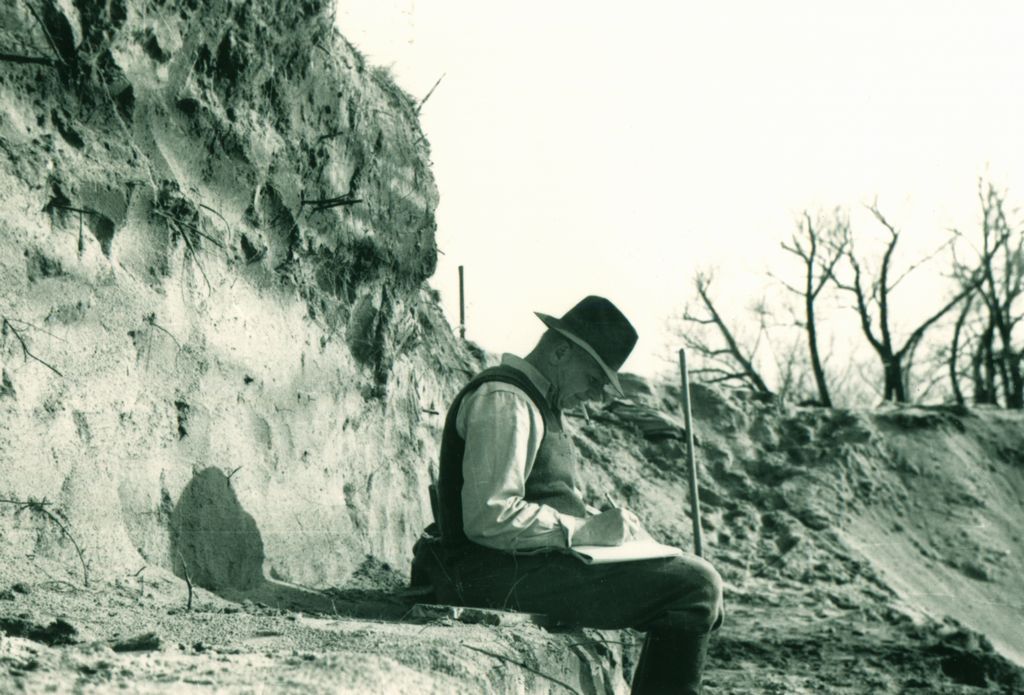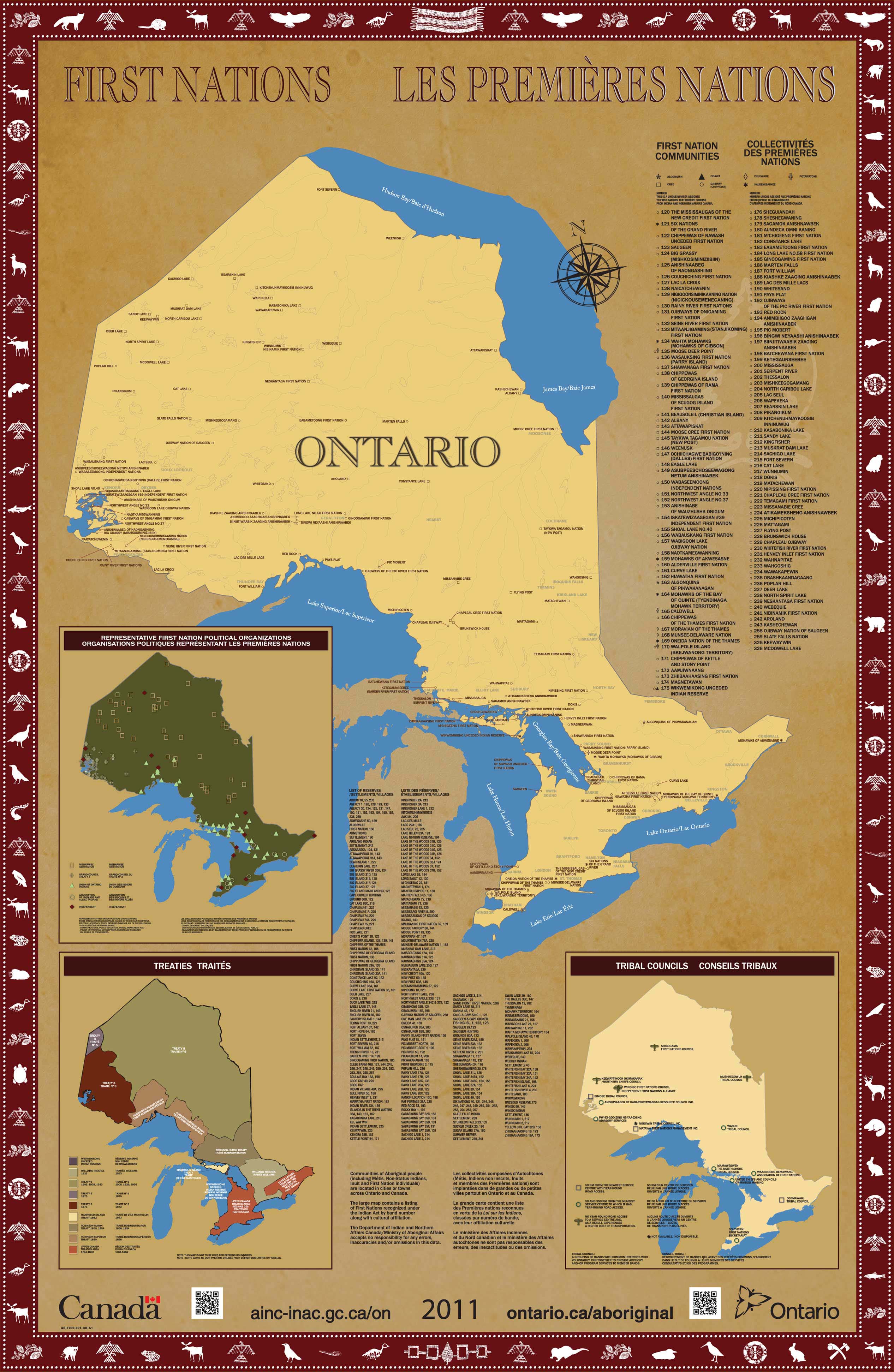Challenging Colonial Narratives: Nineteenth Century Great Lakes Archaeology by Dr. Matthew A. Beaudoin TMHC celebrates the upcoming release of our own Dr. Matt Beaudoin’s first book Challenging Colonial Narratives: Nineteenth Century Great Lakes Archaeology based on his doctoral research and subsequent insights. From the publisher: Challenging Colonial Narratives demonstrates that the traditional colonial dichotomy may reflect an artifice of the colonial discourse rather than the lived reality of the past. Matthew A. Beaudoin makes a striking case
The Loss of Material and Documentary Heritage to Fire On September 2, 2018, a significant repository of human history was erased when Brazil’s Museu Nacional (National Museum) was destroyed by fire. What made this event particularly tragic is that the building was one of the largest museums in South America and early estimates suggest over 90% of its collections were lost. As staggering as this single loss is, history shows that this is an all
